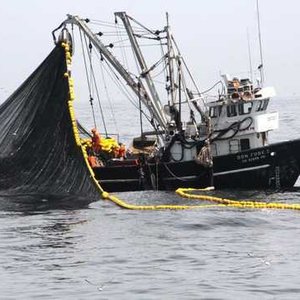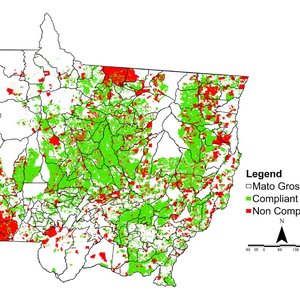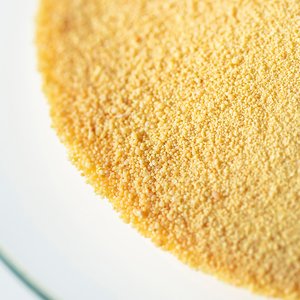Is there any relief in sight? The United States Department of Agriculture recently added another 200 drought stricken counties to the list of disaster areas. With continued triple-digit temperatures and rain drops few and far between in many areas, the USDA has now designated more than half of all counties in the United States drought emergency management regions.
While much of the nation’s apprehension lies in the depleting harvest, many livestock producers are also concerned about the potential for an unsafe feed supply this year due to the drought. Extreme temperatures and the additional stress on plant growth have put this year’s crops at risk for increased nitrate levels as well as mold and mycotoxin problems.
According to Dr. Swamy Haladi, part of Alltech’s Mycotoxin Management Team, this year’s drought is the precursor for several different types of mycotoxins. Aspergillus and some of the Fusarium molds such as Fusarium verticilloides and Fusarium proliferatum will be the most prevalent. This can lead to production of aflatoxins and fumonisins in addition to routine incidences of vomitoxin (DON) and zearalenone in US and Canadian feedstuffs.
In order to indentify more of the risks associated with mycotoxins, Alltech recently launched its 37+ Program. The mass spectrometry technique LC-MS2 can investigate 38 different mycotoxins quantitatively, and more than 50 others qualitatively, in less than 15 minutes with limits of detection in the parts per quadrillion range.
“This approach allows us to have a broader analytical approach compared to the other commercial methods that can only see a ‘snapshot’ of contamination,” Haladi said. “Additionally a proper understanding of the mycotoxin challenge allows implementation of integrated mycotoxin management programs and technologies in a timely manner.”










